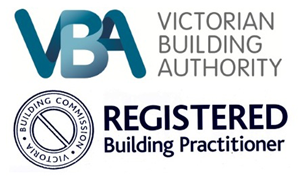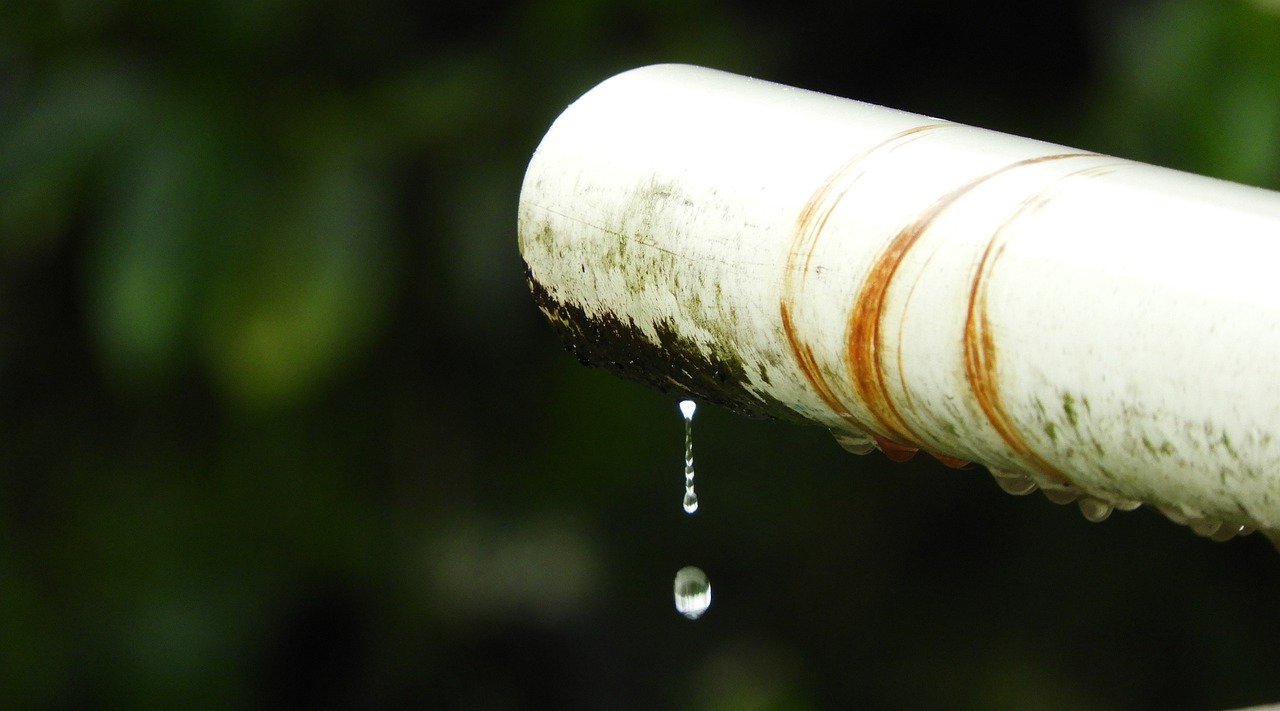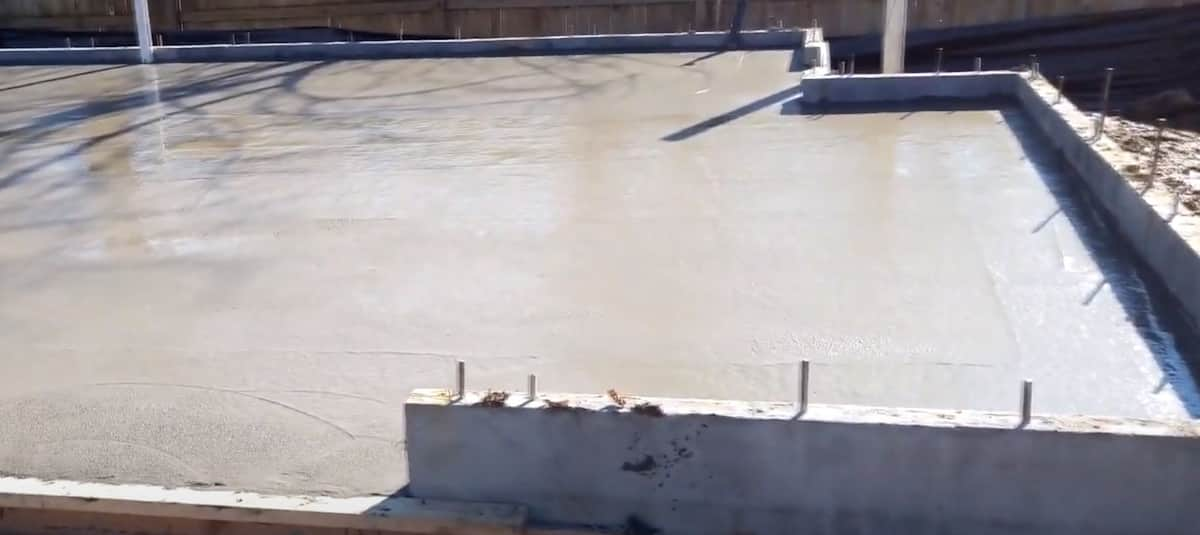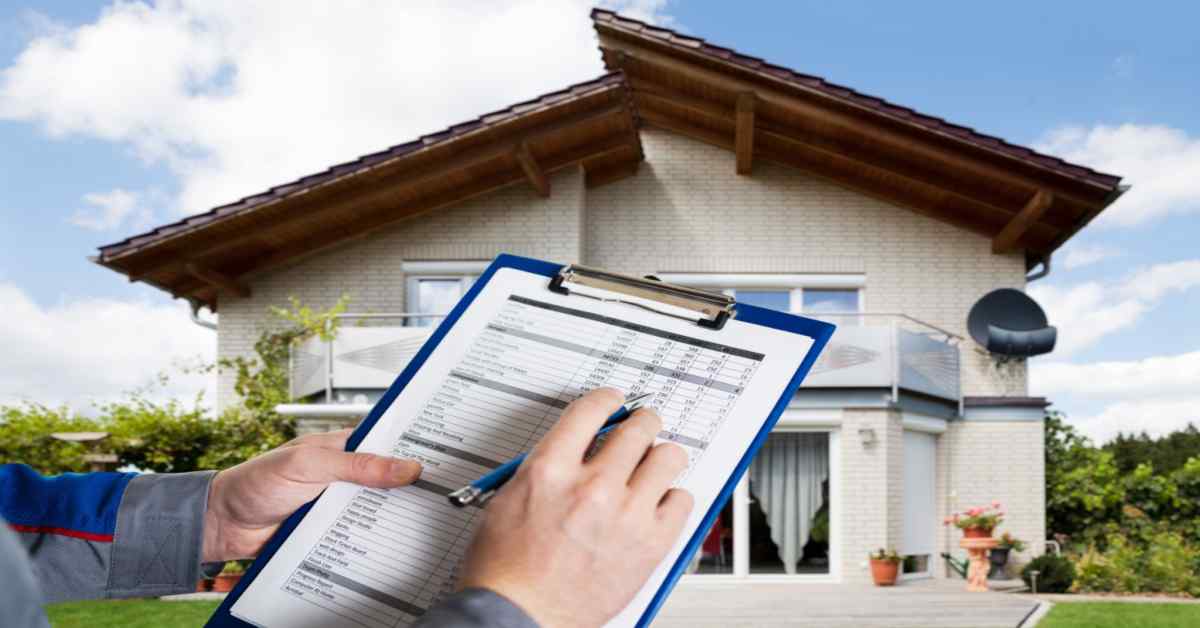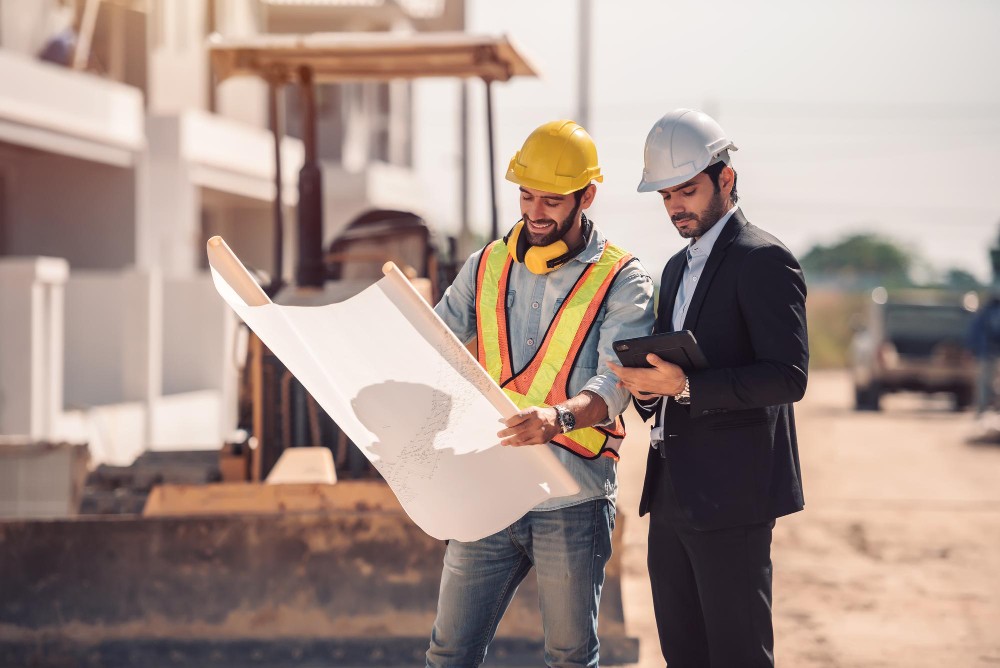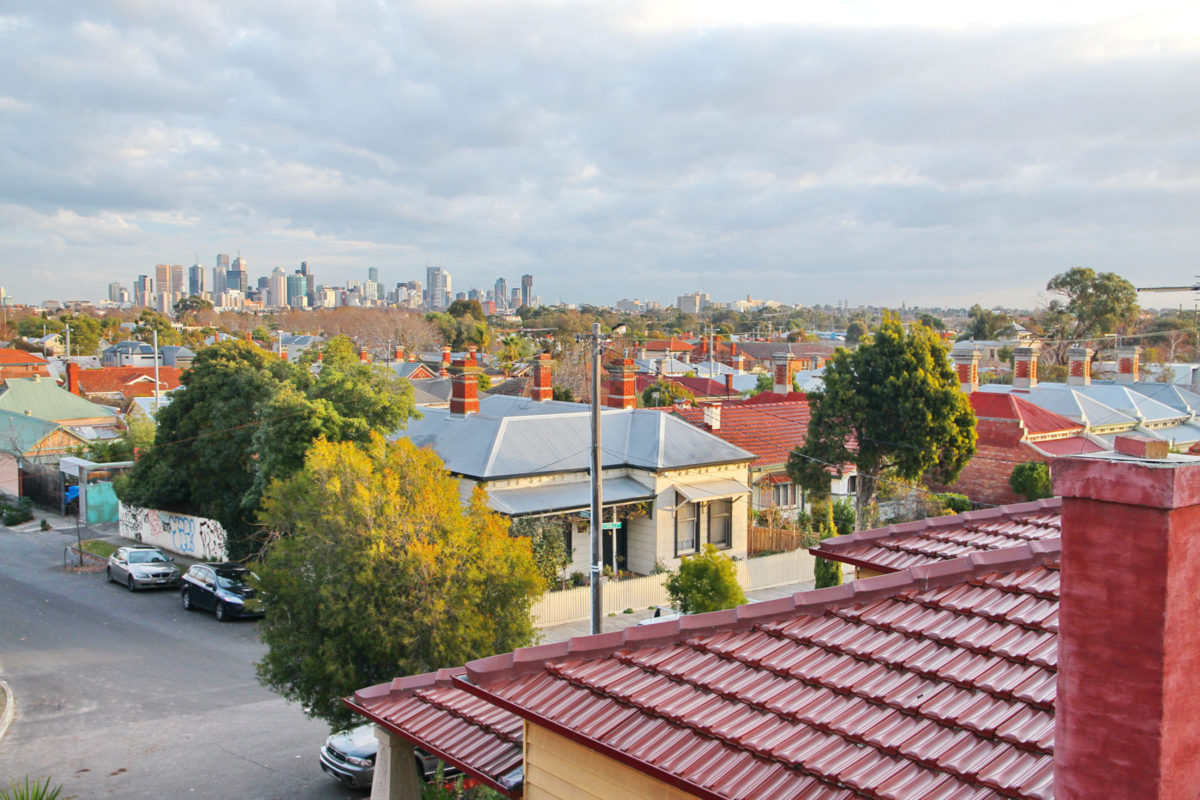What Happens in Waterproofing and Fixing Inspections?
During Waterproofing and Fixing Inspections, a thorough assessment is conducted to ensure that the building’s waterproofing systems and structural fixings (like screws, fasteners, and fixtures) are correctly installed and functioning as intended. The process typically includes the following steps:
- Visual Inspection: The inspector checks for visible signs of water damage or defects in waterproofing materials, such as cracks, peeling, or loose fittings in critical areas like basements, balconies, and bathrooms.
- Testing Moisture Levels: Specialised tools are used to measure moisture content in walls, floors, and other structural elements to detect hidden leaks or areas where water might be seeping through.
- Fixing Inspection: The inspector reviews the quality and placement of structural fixings, ensuring they are properly secured and aligned. Misaligned or improperly fastened fixings can lead to structural instability.
- Sealant and Membrane Check: The integrity of waterproofing membranes and sealants is tested to ensure there are no breaches or weak points that could allow water to penetrate.
- Report and Recommendations: After the inspection, a detailed report is generated outlining any issues found, along with recommendations for repairs or further testing.
Why Conduct Fixing and Waterproofing Inspections?
Fixing and waterproofing inspections are essential for several reasons:
- Prevents Structural Damage – Proper waterproofing prevents water from seeping into the building’s structure, which can lead to serious damage, including mould growth, wood rot, and weakening of concrete.
- Ensures Safety – Well-fixed structural components, such as beams and fasteners, are crucial for the stability of the building. An inspection ensures that everything is secure and up to standard.
- Compliance with Building Codes – Waterproofing and fixing must meet certain standards according to local building regulations. Inspections confirm compliance, which is critical for obtaining certifications or approvals for further construction.
- Saves Long-Term Costs – Early detection of waterproofing or fixing issues can save you from costly repairs in the future. Water damage or structural failures are much more expensive to fix once they’ve become severe.
- Protects Property Value – Ensuring that your home or building has reliable waterproofing and secure structural fixings maintains or even increases its value, while reducing the risk of future legal or insurance issues.
How Do You Know If Waterproofing Has Failed?
Identifying whether waterproofing has failed is crucial to preventing long-term structural damage. Several warning signs can indicate that the system is compromised, often revealing hidden moisture issues that may escalate if left unaddressed. Let’s explore some key indicators to watch for:
| Indicators | Reason | What to Do/How to Repair |
|---|---|---|
| Water Stains on Walls/Floors/Ceilings | Water has seeped through the waterproof barrier. | Identify the source of the leak, patch it, and reapply waterproofing materials. |
| Peeling Paint or Wallpaper | Moisture trapped beneath surfaces is causing deterioration. | Remove damaged paint or wallpaper, fix the source of moisture, and reseal the affected area. |
| Mold and Mildew Growth | Persistent dampness due to water penetration. | Clean and treat the mold, improve ventilation, and fix waterproofing with sealants or membranes. |
| Musty Odor | Hidden moisture buildup inside walls or floors. | Use moisture meters to locate damp areas, fix leaks, and improve air circulation. Reapply waterproofing if necessary. |
| Cracks in Walls or Floors | Structural movement or water pressure causing materials to shift. | Fill cracks with suitable fillers and apply a fresh layer of waterproofing to prevent further water intrusion. |
Top Common Causes of a Failed Waterproofing
Several factors can contribute to waterproofing failures. Here are some of the most common causes:
- Poor Installation: Incorrect application of waterproofing membranes, sealants, or coatings is one of the primary reasons for failure. A poorly applied membrane can develop cracks or gaps over time.
- Low-Quality Materials: Using substandard waterproofing materials that aren’t designed to last or withstand environmental conditions can lead to quick deterioration.
- Improper Drainage: If a building’s drainage systems aren’t properly designed or maintained, water may accumulate, putting pressure on waterproofing systems and eventually causing them to fail.
- Wear and Tear Over Time: Even the best waterproofing systems degrade over time due to exposure to the elements, natural settling of the building, and everyday wear and tear.
- Structural Movement: Buildings naturally settle and shift over time, and this movement can cause cracks in walls and floors, which can lead to waterproofing failure if not addressed early.
Waterproofing and Fixing Inspections FAQs
See the answers to some of the most commonly asked questions about Waterproofing and Fixing Inspections.
How often should I conduct a waterproofing inspection?
It’s recommended to conduct a waterproofing inspection every 3 to 5 years to ensure the system is still functioning as intended. However, inspections should be more frequent in high-risk areas like basements or roofs.
Can I perform a waterproofing inspection myself?
While it’s possible to spot obvious signs of failure (such as cracks or mold), a professional inspection is recommended for a more thorough assessment, as experts use specialized tools to detect hidden moisture or defects.
What areas of my home require waterproofing inspections?
Common areas include basements, bathrooms, balconies, roofs, and any external walls that face regular exposure to water or moisture.
What happens if my waterproofing system fails?
If waterproofing fails, water can seep into the structure, causing damage like mold growth, cracks, rot, and weakening of materials. It’s crucial to fix the issue immediately to avoid more significant structural damage.
How much does a waterproofing inspection cost?
The cost of a waterproofing inspection can vary depending on the size of the property and the complexity of the waterproofing system. On average, it ranges from $200 to $500.
Expert Inspections for Waterproofing and Fixing
Waterproofing and fixing inspections play a vital role in maintaining the structural integrity and value of your property. By identifying and addressing potential issues early on, you can prevent costly repairs and ensure a safe and comfortable living or working environment.
Remember, a proactive approach is key to safeguarding your investment. If you’re concerned about the waterproofing or structural integrity of your property, don’t hesitate to seek professional guidance.
For expert advice and comprehensive inspection services, reach out to Quality Building Consultant. Learn more about our services to protect your property from water damage and structural issues.

